Servers Product Comparison
Select 2-4 products to compare specifications and features
Choosing the right Servers for your company is an important decision. With multiple Servers available in the UAE market, selecting the best one requires a thorough understanding of the essential features. Our ID Card Printers Comparison tool allows you to easily compare models side by side and make an informed choice for your business needs.
No products found
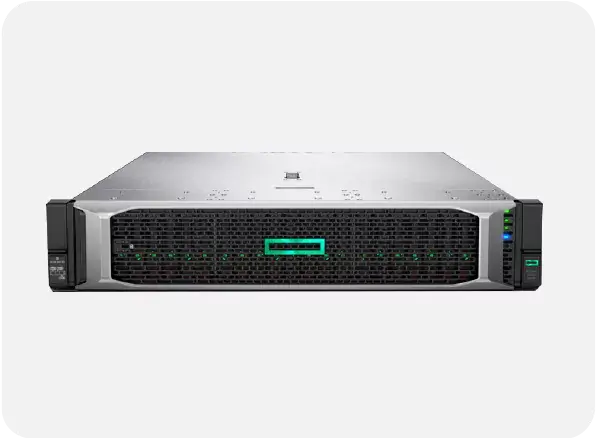
HPE ProLiant DL380 Gen10 Server
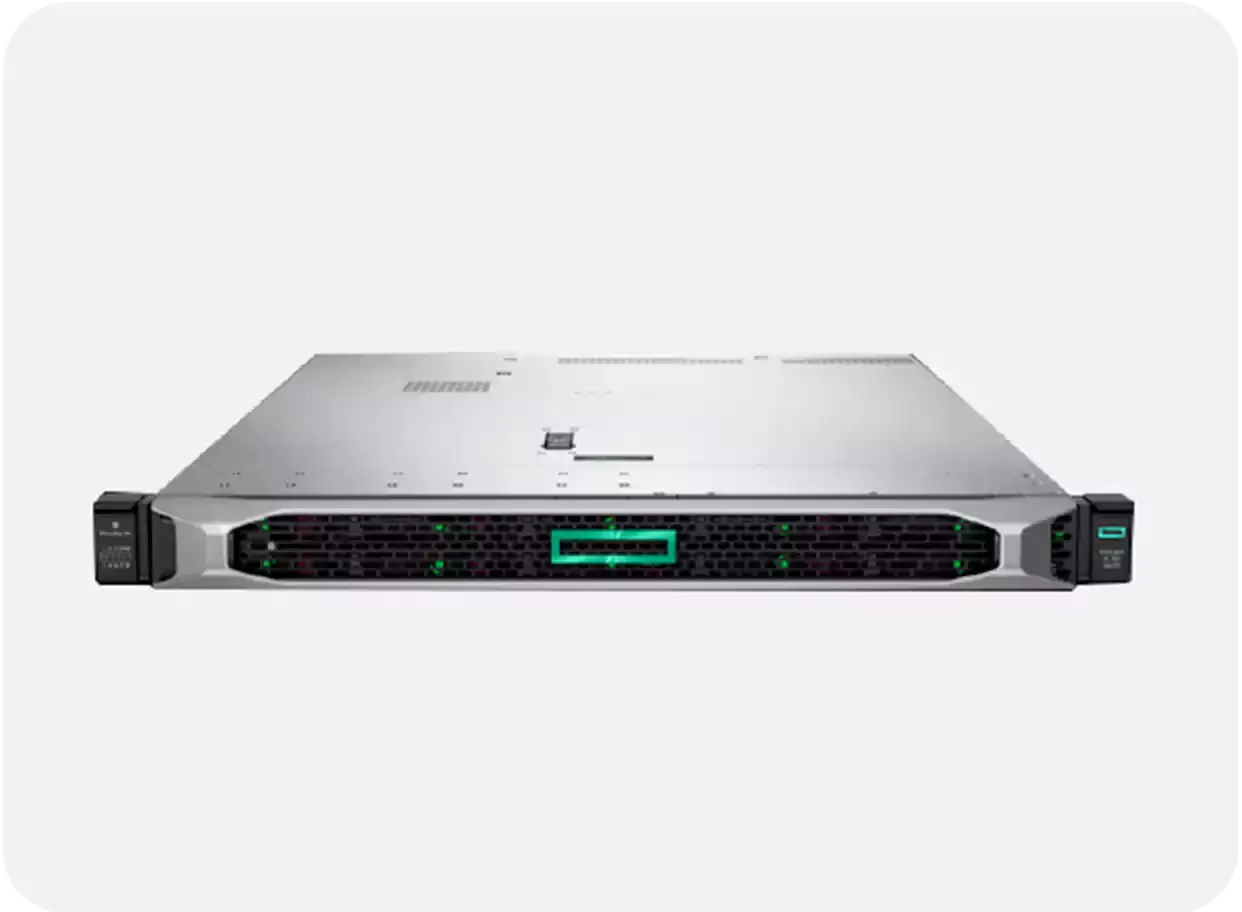
HPE ProLiant DL360 Gen10 Server
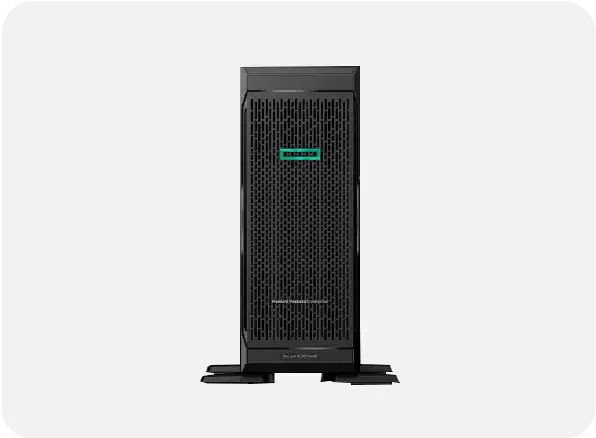
HPE ProLiant ML350 Gen10 Server
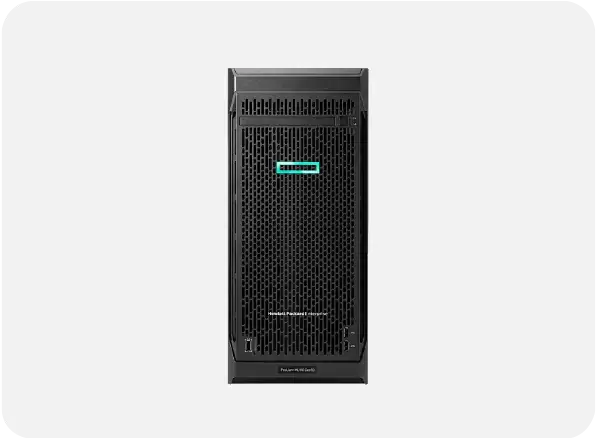
HPE ProLiant ML110 Gen10 Server
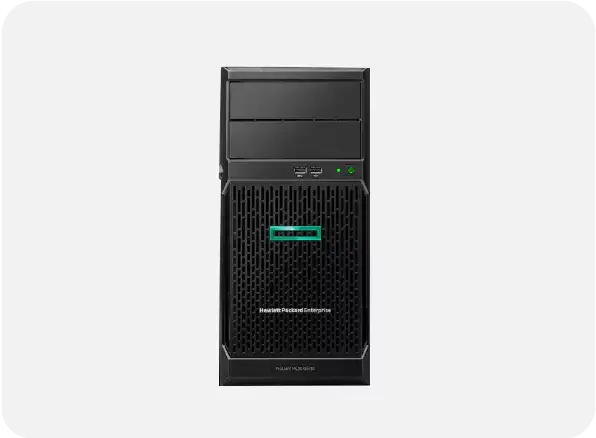
HPE ProLiant ML30 Gen10 Server
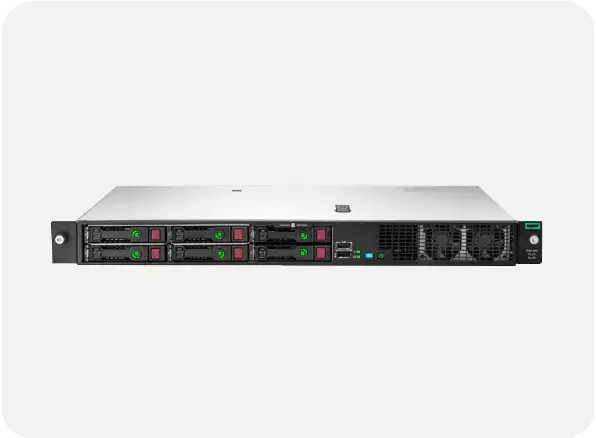
HPE ProLiant DL20 Gen10 Server
.webp)
Lenovo ThinkSystem ST50 Server
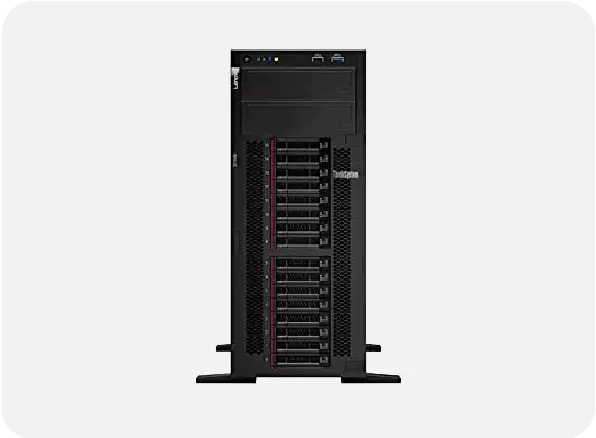
Lenovo ThinkSystem ST550 Tower Server
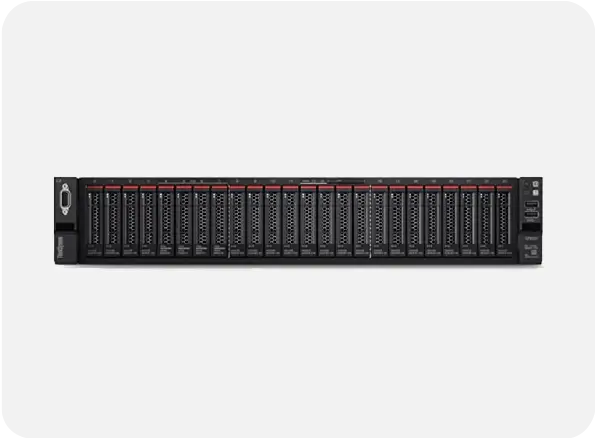
Lenovo ThinkSystem SR650 V2 Server
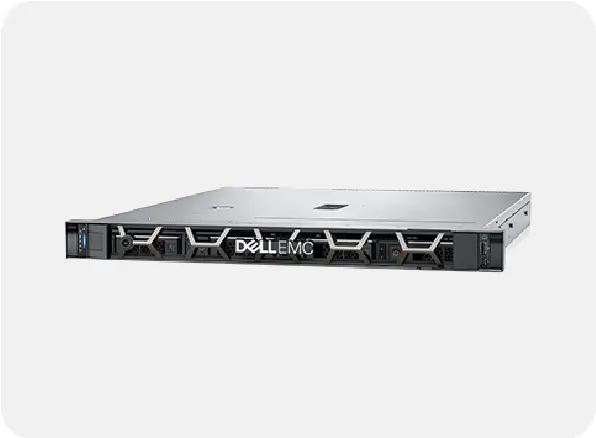
Dell PowerEdge R250 Rack Server
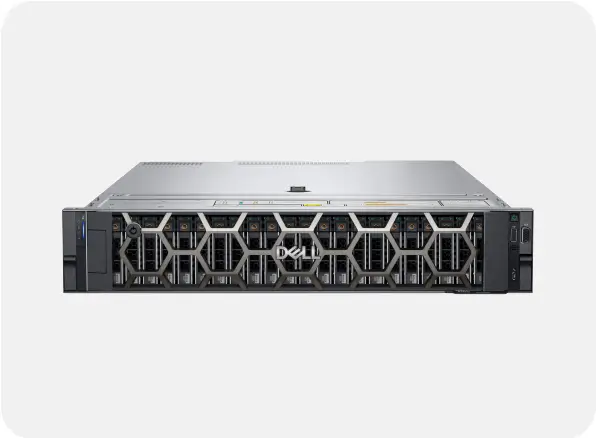
Dell PowerEdge R750xs Rack Server
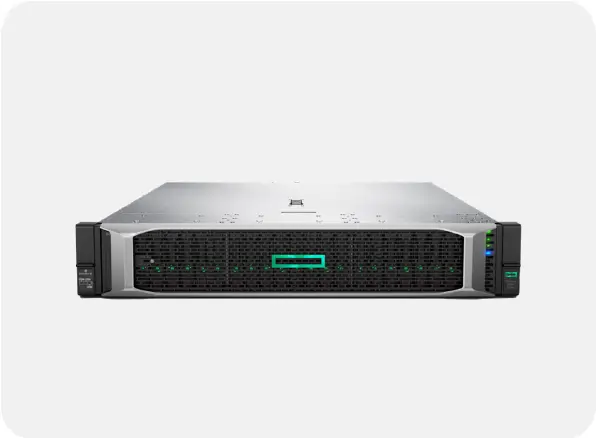
HPE ProLiant DL380 Gen10 Plus Server
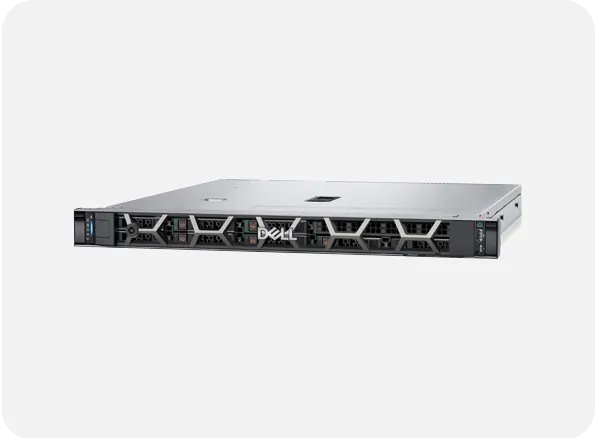
Dell PowerEdge R350 Rack Server
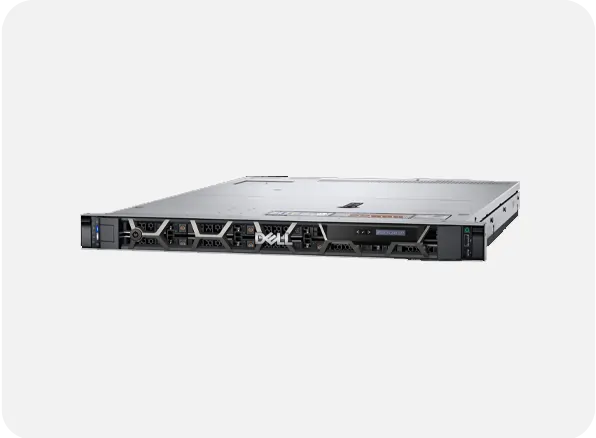
Dell PowerEdge R450 Rack Server
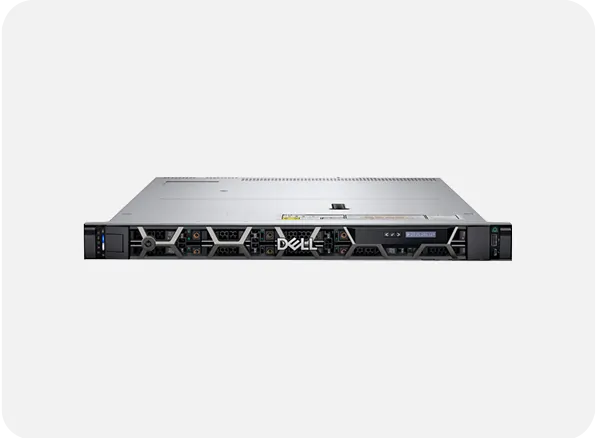
Dell PowerEdge R650xs Rack Server
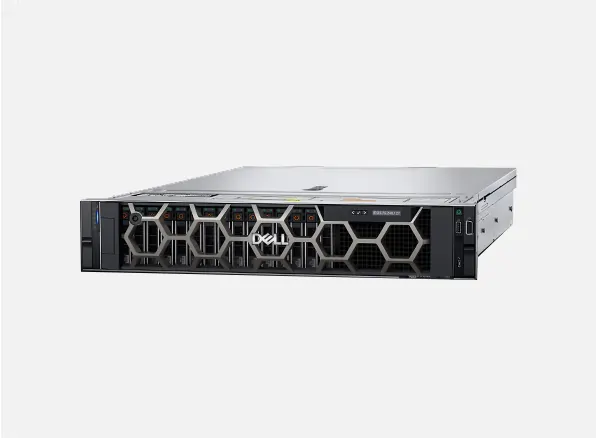
Dell PowerEdge R550 Rack Server
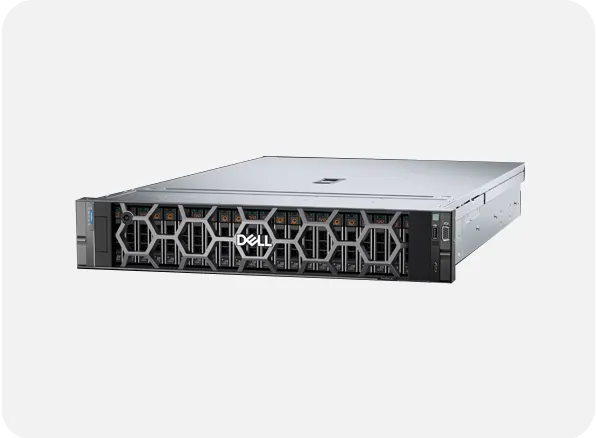
Dell PowerEdge R760 Rack Server
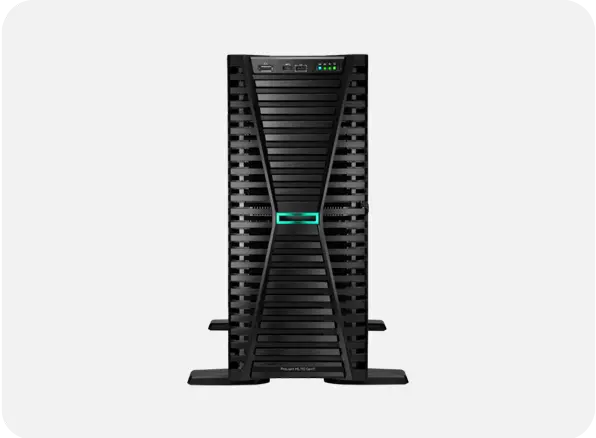
HPE ProLiant ML110 Gen11 Server
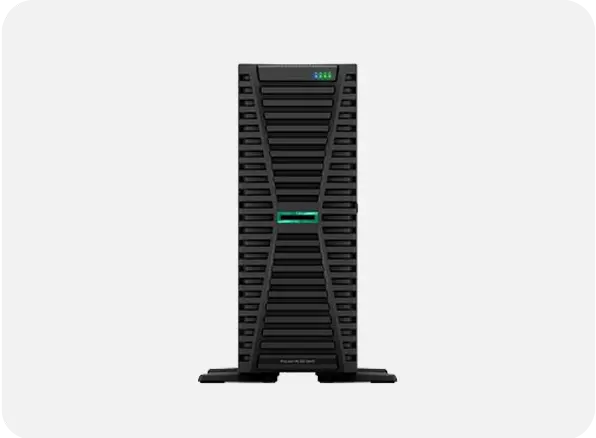
HPE ProLiant ML350 Gen11 Server
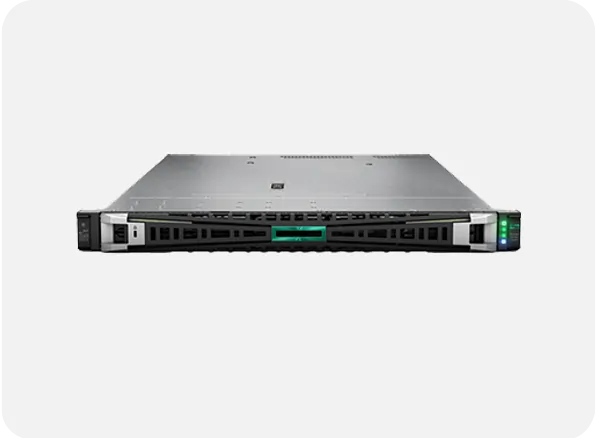
HPE ProLiant DL365 Gen11 Server
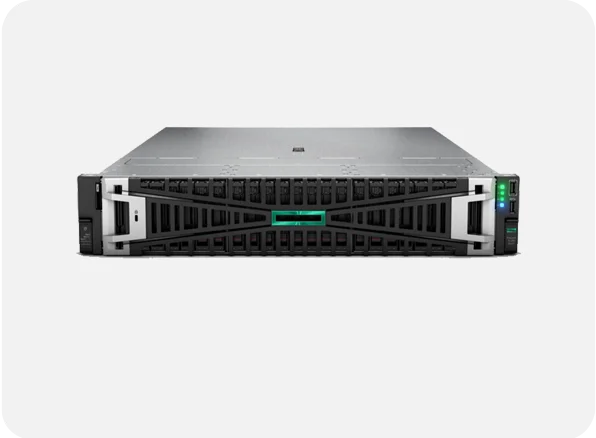
HPE ProLiant DL385 Gen11 Server
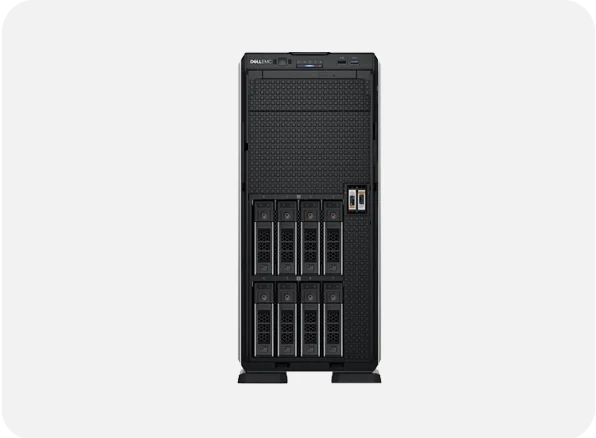
PowerEdge T550 Tower Server
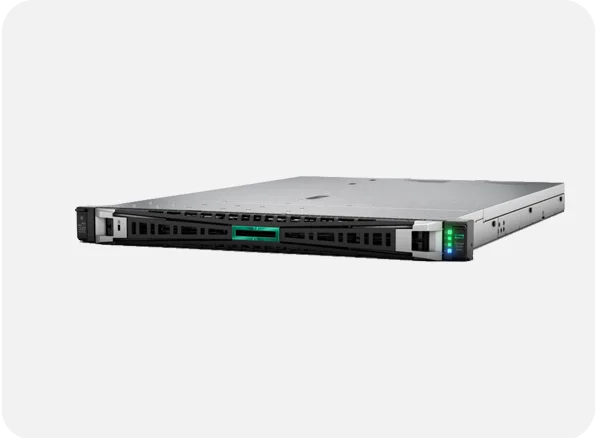
HPE ProLiant DL320 Gen11 Server
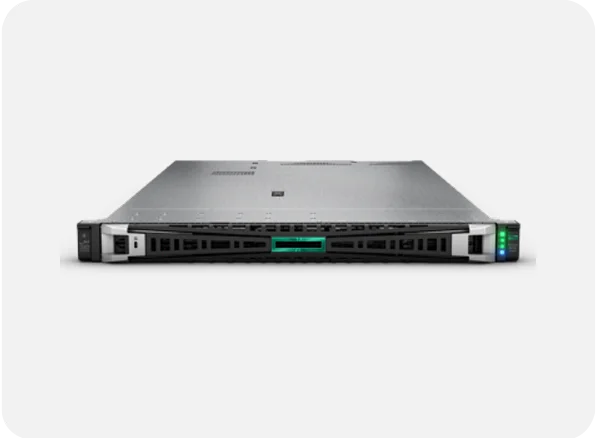
HPE ProLiant DL360 Gen11 Server
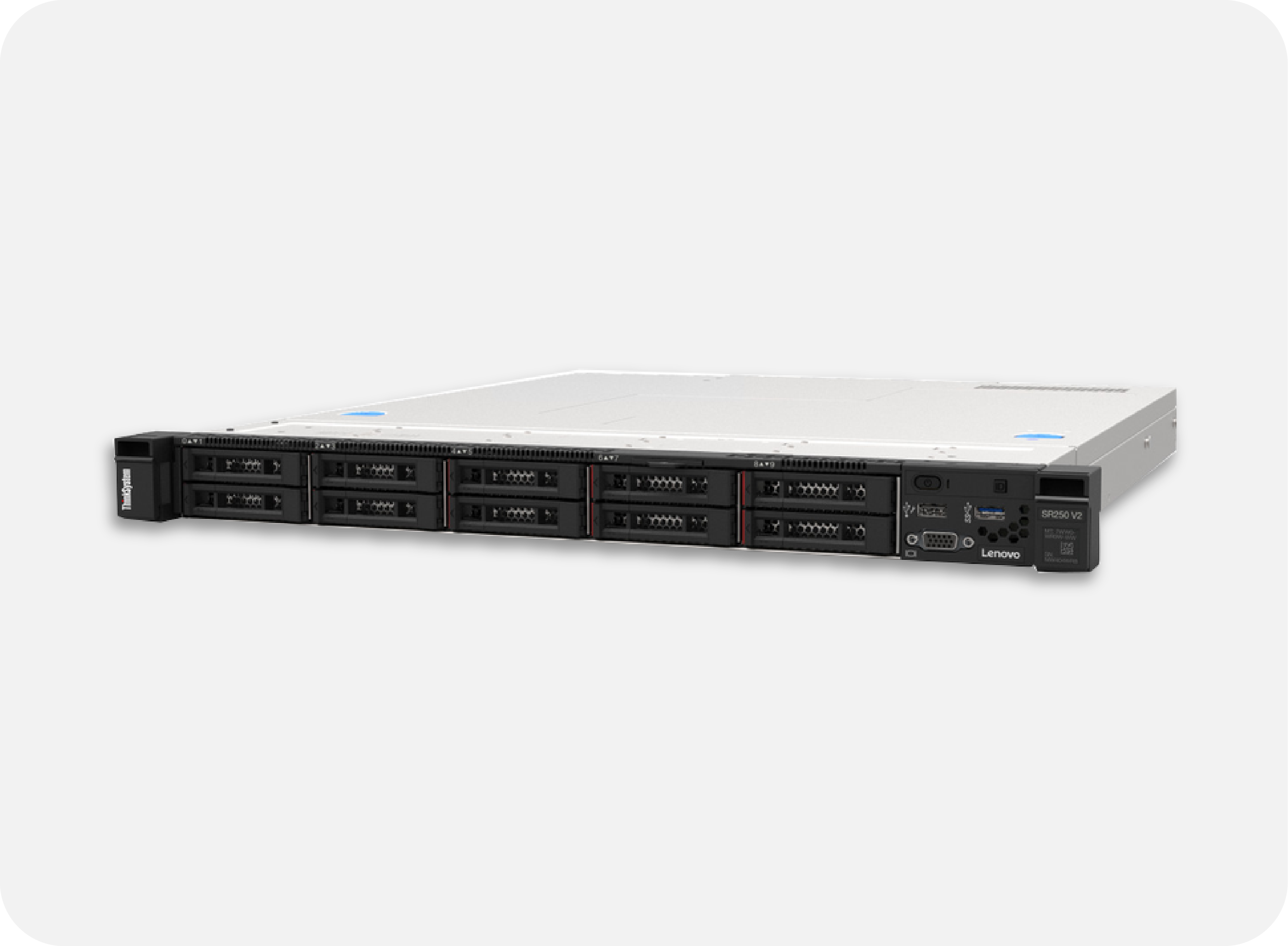
Lenovo ThinkSystem SR250 V2 Server
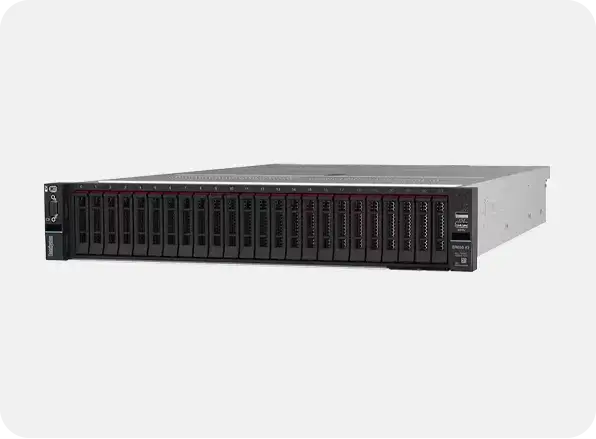
Lenovo ThinkSystem SR650 V3 Server
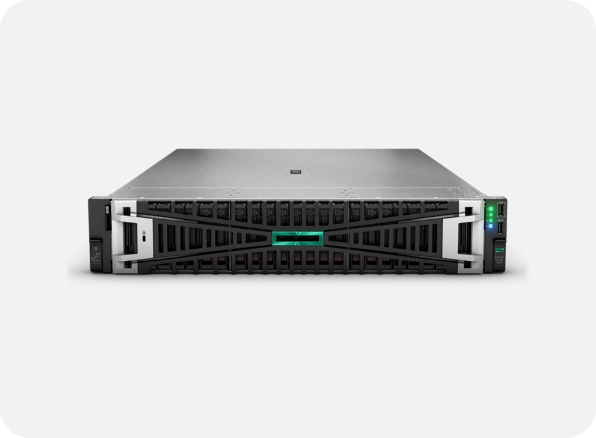
HPE ProLiant DL380 Gen11 Server
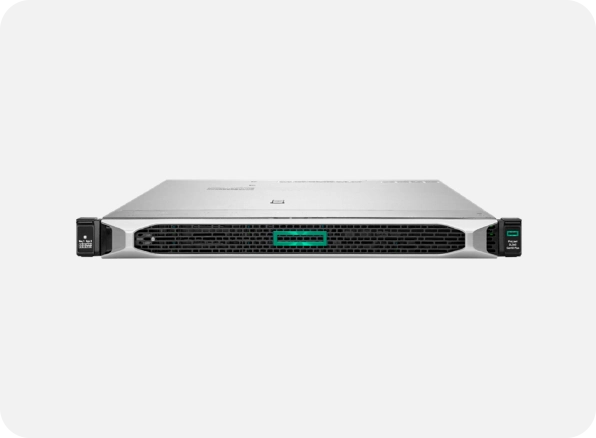
HPE ProLiant DL360 Gen10 Plus Server
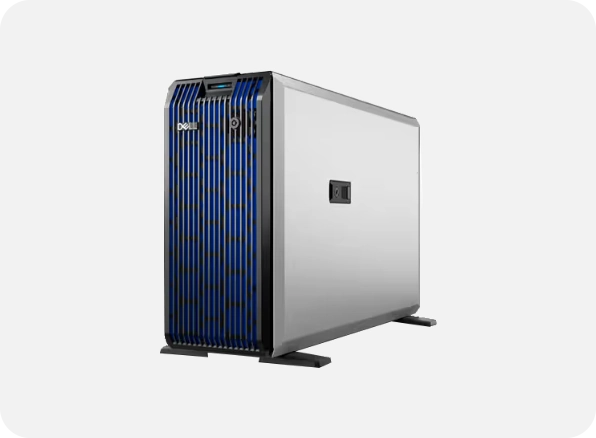
Dell PowerEdge T360 Tower Server
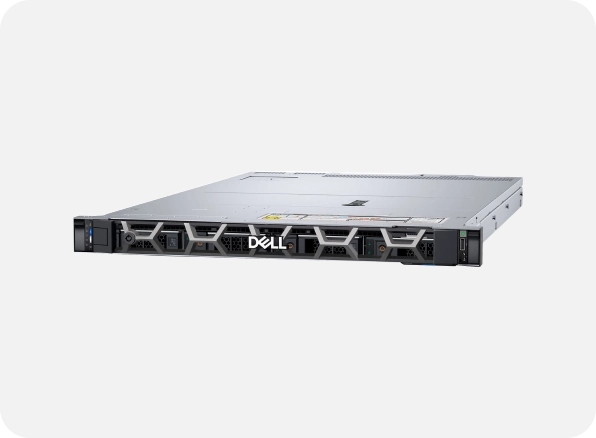
Dell PowerEdge R660xs Rack Server
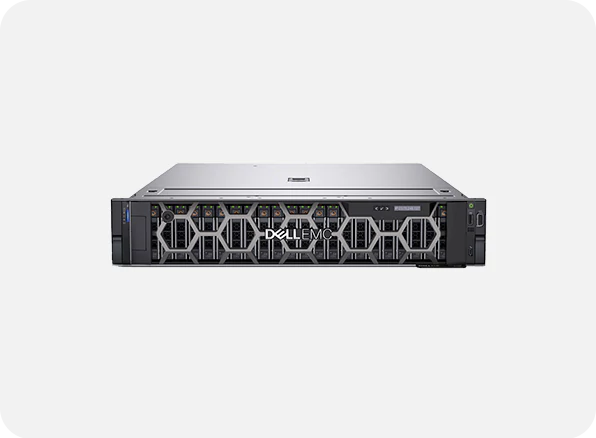
Dell PowerEdge R750 Rack Server
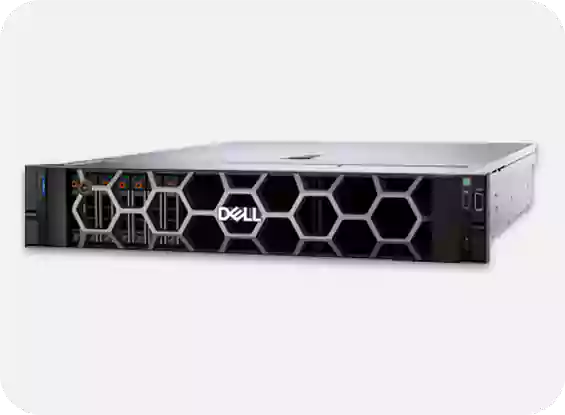
Dell PowerEdge R760xs Rack Server
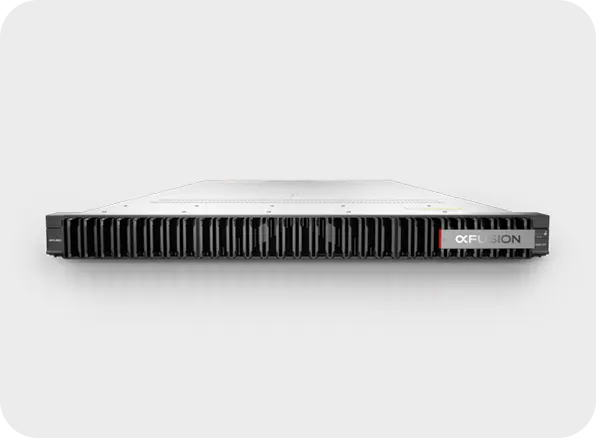
FusionServer 1288H V7 Rack Server
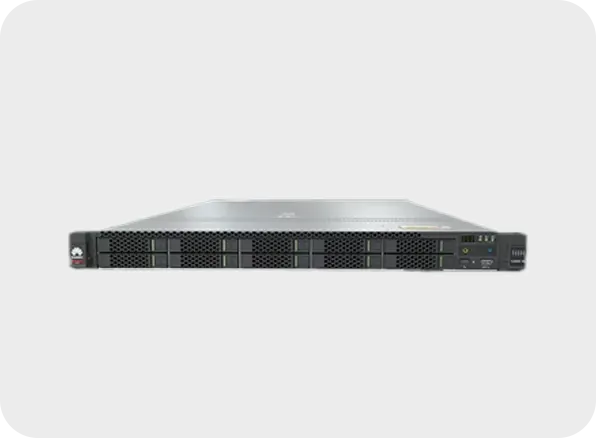
FusionServer 1288H V6 Rack Server
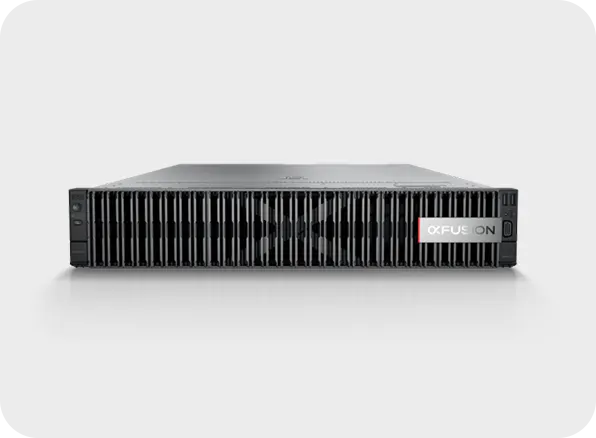
FusionServer 2288H V7 Rack Server
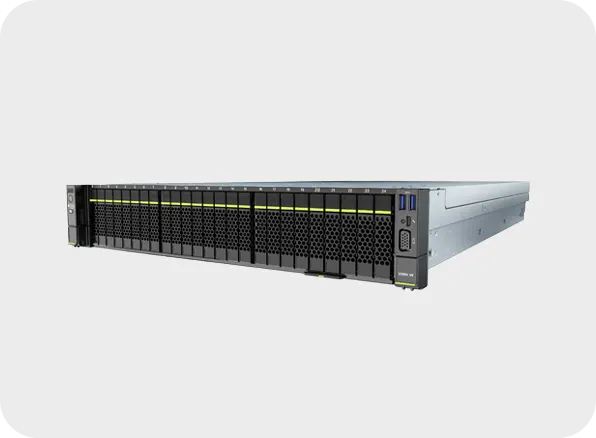
FusionServer 2288H V6 Rack Server
How It Works
- Select 2 to 4 servers on the comparison page.
- Click on the Compare button.
- View the detailed comparison table with the specifications of your selected servers.
Why Comparing Servers is Important
- Find the Right Server: Identify the server that matches your business needs.
- Save Money: Avoid overspending on unnecessary features and choose a server that handles your workload efficiently.
- Plan for Growth: Select a server that supports scalability with additional storage, memory, or processing power as your business expands.
- Ensure Reliability: Purchase servers with strong uptime and durability to keep operations running smoothly.
Key Server Specifications
- Server Name: Identifies the model and brand (e.g., HPE, Dell, Lenovo).
- Server Type: Defines the architecture – tower or rack servers.
- CPU: Details the processor brand and model, giving insights into speed and computing power.
- RAM: Specifies maximum memory capacity, which impacts the number of applications and processes handled.
- Storage: Shows disk type and capacity, affecting both data volume and retrieval speed.
- Expansion: Provides details on PCIe slots and card support for networking, graphics, or storage expansion.
- Redundancy: Indicates availability of dual power sources for uninterrupted operations.
- OS Support: Lists compatible operating systems – Windows, Linux, VMware, etc.
- Security: Highlights integrated safeguards against unauthorized access and threats.
- Management Tools: Brand-specific tools for monitoring and troubleshooting (e.g., HPE iLO5, Lenovo XClarity, Dell iDRAC9).
- Warranty: Manufacturer’s support period for maintenance and repairs (typically 1–3 years).
| Specification | Description | Why It Matters | Example Values |
|---|---|---|---|
| Server Type/Form Factor | Physical design of the server: Rack, Tower, Blade, or Edge. | Impacts deployment location, scalability, density, and cooling needs. | Rackmount 2U |
| Processor (CPU) | Brand (Intel, AMD), generation, number of sockets, cores/threads, speed, and cache. | Determines computational power, multitasking, and workload suitability. | 2x Intel Xeon Silver 4310, 12C |
| Memory (RAM) | Type (DDR4/DDR5), total capacity, ECC support, number of DIMM slots, max supported RAM. | Influences how many apps, VMs, or databases the server can run concurrently and reliably. | 64GB DDR4, 1.5TB Max, ECC |
| Storage | Supported drive types (SAS, SATA, NVMe, SSD/HDD), number of drive bays, max capacity, RAID support. | Impacts speed, scalability, resilience, and ability to store and access data efficiently. | 8x 2.5” SAS, 48TB, RAID 10 |
| Expansion/Connectivity | Number/types of PCIe slots, network ports (1G/10G/25G/100G), remote management ports, USB, etc. | Enables upgrades (GPUs, NICs), high-speed networking, and ease of integration. | 3x PCIe 4.0, 4x 10G Ethernet |
| Redundancy & Reliability | Dual power supplies, hot-swappable drives/fans, redundant networking, predictive failure features. | Minimizes downtime, supports high-availability, and protects against hardware failure. | Dual 800W, Hot-Swap Drives |
| Operating System Support | Certified compatibility with Windows, Linux, VMware, etc. | Ensures the server supports your preferred or required software stacks. | VMware ESXi 7, RHEL 8 |
| Security Features | TPM, secure boot, drive encryption, hardware security modules, lockable drive trays. | Protects data and operations from unauthorized access or cyber attacks. | TPM 2.0, AES-NI |
| Management & Monitoring | iLO/iDRAC/remote console, health monitoring, API support, automated alerts. | Allows remote control, maintenance, and rapid troubleshooting to reduce outages. | iDRAC 9, Redfish API |
| Warranty & Support | Length/type of warranty, onsite vs. remote, response time, partner network. | Impacts long-term reliability and peace of mind with support for critical failures. | 3 Years, NBD Onsite |